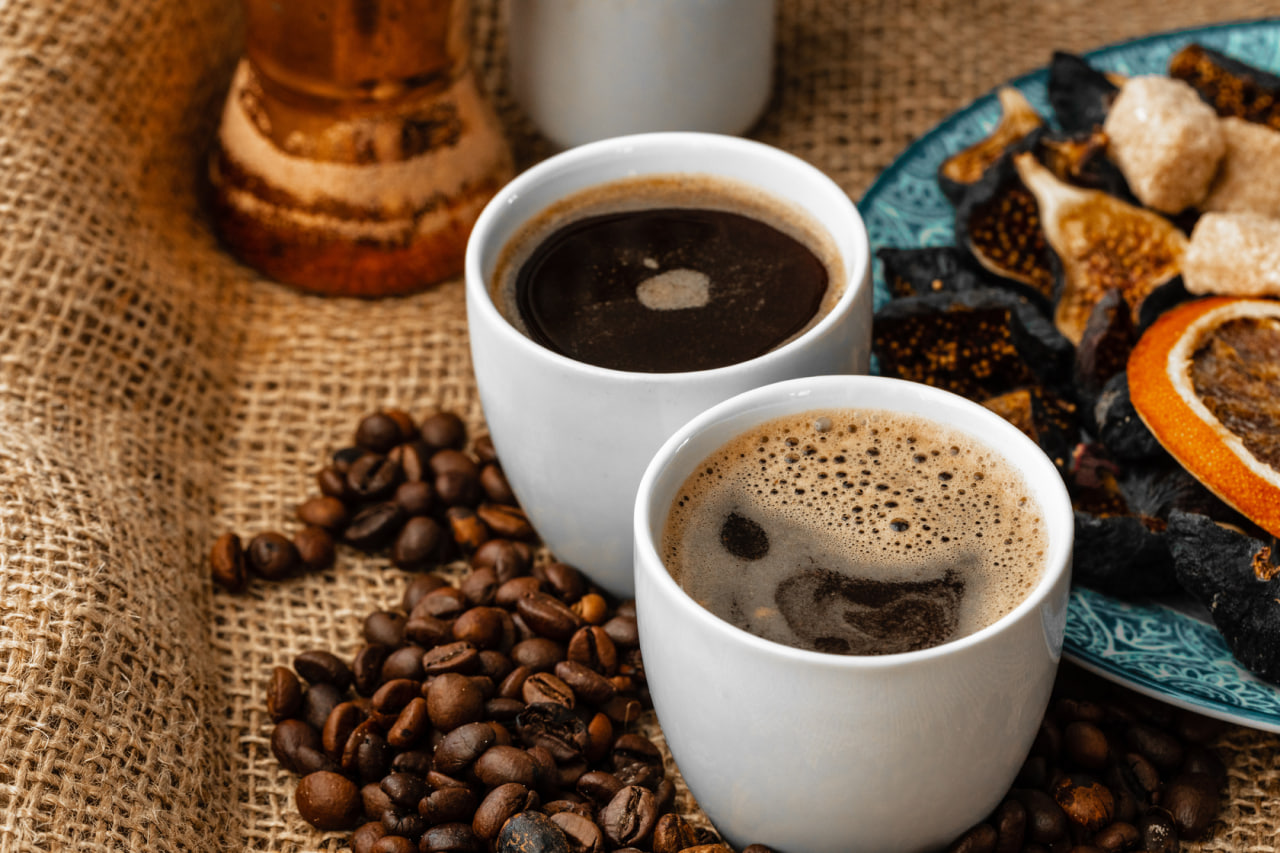Pour over coffee is one of the most elegant and rewarding brewing methods. With just a few simple tools and some practice, it allows you to extract the purest expression of a coffee bean’s flavor. Unlike machines that automate the brewing process, pour over puts you in complete control — and that’s what makes it both an art and a science.
In this beginner’s guide, we’ll walk you through the foundations of pour over brewing, explain the importance of technique and equipment, and help you make your first cup not only enjoyable but exceptional.
What Is Pour Over Coffee?
Pour over is a manual brewing method in which hot water is slowly poured over ground coffee in a filter, allowing the water to extract flavors as it passes through the grounds and drips into a carafe or cup below. It’s known for its clarity, balance, and ability to highlight the coffee’s origin characteristics — like fruity notes from Ethiopia or nutty tones from Brazil.
Unlike immersion methods like the French press, pour over emphasizes flow control, which means your pouring technique directly affects the flavor outcome.
What You’ll Need to Get Started
Before diving into technique, it’s important to gather the right equipment. You don’t need expensive gear, but quality tools make a noticeable difference in consistency and flavor.
Essential Equipment:
- Pour Over Brewer: Common options include the Hario V60, Chemex, or Kalita Wave. Each has a slightly different design that affects flow rate and taste.
- Filter Papers: Make sure to get the correct size and shape for your brewer.
- Gooseneck Kettle: Allows precise control over water flow and pouring speed.
- Grinder: A burr grinder is ideal for producing consistent grind size, which is crucial for even extraction.
- Digital Scale: Helps measure coffee and water accurately to maintain your brew ratio.
- Fresh Coffee Beans: Use whole beans, ideally roasted within the last two weeks, and grind them just before brewing.
Step-by-Step Brewing Process
1. Heat Your Water
Use filtered water and heat it to around 195–205°F (90–96°C). This is the ideal range for coffee extraction. Water that’s too hot can over-extract, while cooler water can leave the brew weak and sour.
2. Grind Your Coffee
Start with a medium grind — similar to sea salt in texture. Too fine, and the brew may be over-extracted and bitter; too coarse, and it might be under-extracted and weak.
A good starting point is a 1:16 ratio — for example, 20 grams of coffee to 320 grams of water.
3. Rinse the Filter
Place the filter in your brewer and rinse it with hot water. This removes any paper taste and preheats your equipment. Discard the rinse water.
4. Add Ground Coffee
Place the brewer on your scale, add the ground coffee, and level the surface by gently shaking or tapping.
5. Start the Brew (Bloom Phase)
Start your timer and pour just enough water (about twice the weight of the coffee) to saturate the grounds — usually 40g of water for 20g of coffee. This is called the bloom. Let it sit for 30–45 seconds. The bloom allows gases trapped in the coffee to escape and promotes even extraction.
6. Main Pour
After the bloom, slowly pour the rest of the water in a circular motion, starting from the center and moving outward, then back in. Try to keep the water level consistent. Pour in stages rather than all at once — this helps control extraction and enhances flavor clarity.
The total brew time should be around 2.5 to 4 minutes, depending on your grind size, dose, and pouring style.
Troubleshooting Common Mistakes
- Coffee Tastes Bitter: Your grind may be too fine, or the water too hot. Try a coarser grind or lowering the temperature slightly.
- Coffee Tastes Sour or Weak: Grind may be too coarse, or the water too cool. Try a finer grind or raising the water temperature.
- Uneven Flavor: Uneven pouring or an unlevel coffee bed can lead to channeling — where water flows through one area more than others. Aim for an even pour and flat bed of grounds.
Why Choose Pour Over?
While it requires more attention than a drip machine, pour over offers a meditative, hands-on approach to brewing. It gives you the ability to adjust every variable — water temperature, pouring technique, timing, and grind size — so you can tailor your coffee to your taste.
For coffee lovers who enjoy the process as much as the result, pour over is more than just a method — it’s a ritual.

